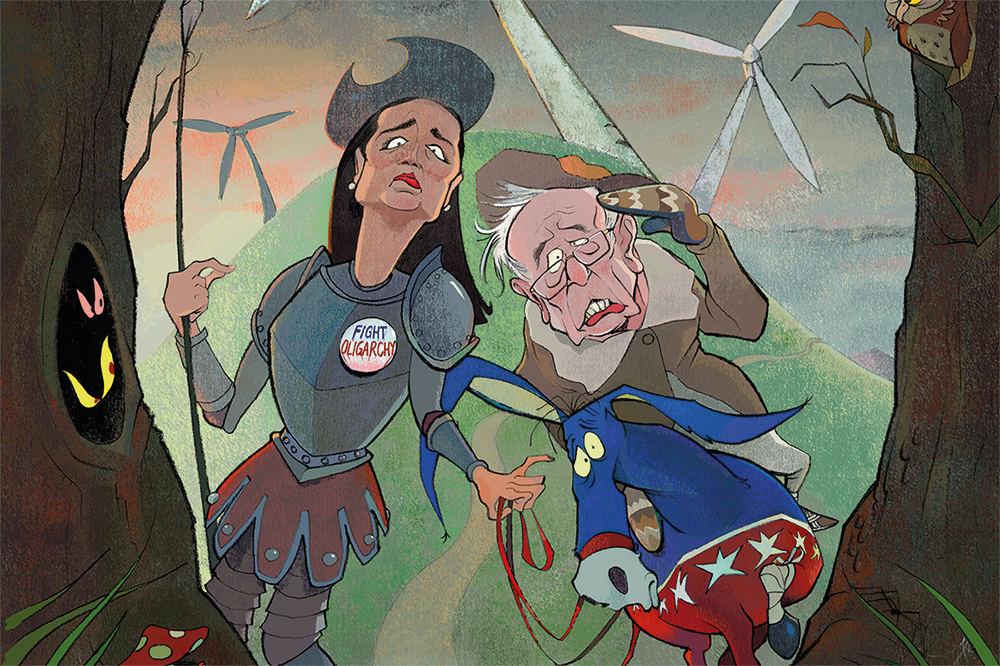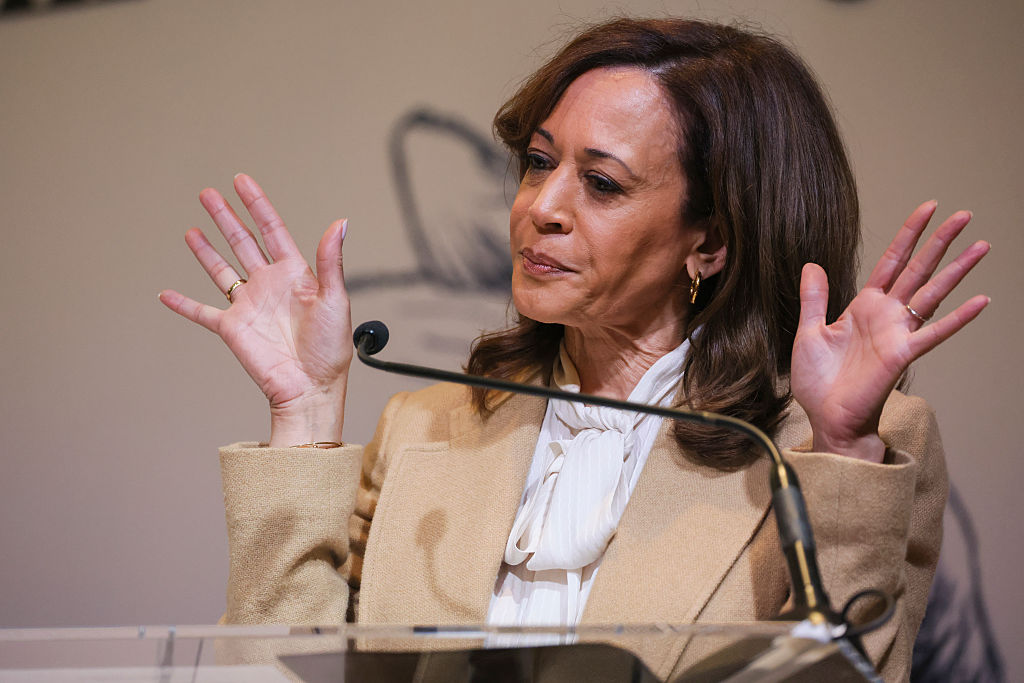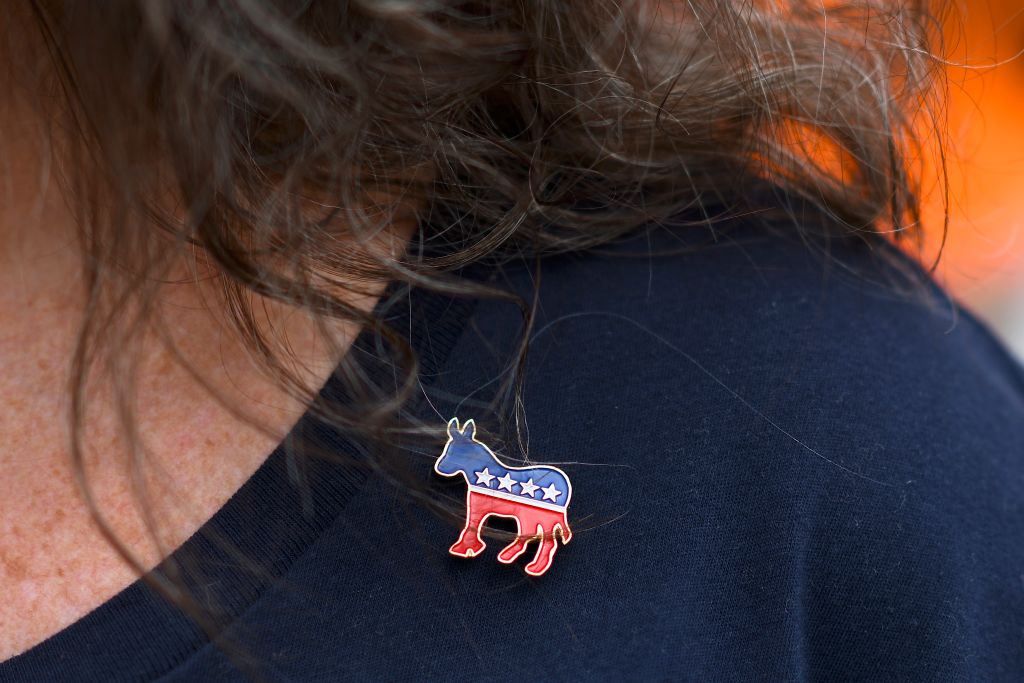Data scientist David Shor has a message for Democrats: “Your problem with young men is worse than you think.” Shor is a respected and highly reputable Democratic data guru. He has released his autopsy on the 2024 election and why Kamala Harris lost. Unlike previous analysis, which primarily used exit polling, Shor’s company Blue Rose Research looked at polls, precinct-level returns and voter-file data to figure out who turned on the Democrats – and why.
Democrats comforted themselves in the wake of their election loss by insisting that if more people had voted, Harris would have been sworn in as the 47th president. For decades it’s been true that Democrats win high-turnout elections while Republicans win votes with a smaller turnout.
But now that’s false, according to Shor’s analysis. Had every American voted, Trump would not only have won the Electoral College, he would have won the popular vote by nearly five points, instead of by 1.4 percent. Trump would probably have flipped Maine, Virginia, New Jersey, Minnesota, New Hampshire and Nevada.
That’s not the only Democratic-narrative violation Shor commits in his research. A lot of ink was spilled during the past year over the “manosphere,” the college-age white bros who listen to Joe Rogan, Legion of Skanks, Theo Von and Tim Dillon – and love Trump. Democrats believed they were losing these voters, but never considered by how much. According to Shor, “the actual numbers are a lot worse than people think.”
According to his data, only about 25 percent of white men under the age of 20 voted for Harris, worse than any other demographic by age and race. White men over the age of 70 were more likely to vote for Harris than those who can’t legally buy beer. White men under 20, the ones who missed important life events because of Covid lockdowns, are the most Republican generation since our great-grandparents, who fought in World War Two.
Harris also lost white women and non-white men under 20. The only voters willing to buy into her promises were non-white women, the type the Democratic party speaks to almost exclusively. When you look at how Trump did in all three of the elections he fought, he benefited enormously from anti-Hillary voters who chose to stay at home or vote for Gary Johnson in 2016. These mostly white moderates were also the group most likely to flip to Joe Biden in 2020 and back to Trump in 2024. They make up almost all the movement among white voters during the last decade.
A larger share of the vote from white Americans accounts for half of Trump’s increase in the popular vote from 2020 to 2024, when his numbers increased from 46.8 to 49.8 percent. Trump could not have won last year without increasing his share among white moderates – but the other half of the equation was his support from non-white voters. If there’s any story over the past decade that will send ripples into the future of US politics, it’s that a large share of minorities have stopped voting with their race and started voting with their ideology.
Harris lost a huge chunk of the Clinton coalition: nearly one in four moderate Hispanics, one in seven moderate Asians and one in two conservative Hispanics who supported the Democratic party’s nominee less than a decade ago. These minorities provided Trump with the extra 1.5 percent share he needed to win the popular vote and flip every swing state in the country.
Trump’s support came from people who don’t make politics the center of their lives and get their news from social media – especially TikTok. Social media, free of the gatekeeping of traditional media, helped open the floodgates not only to Trump but to a generalized distrust of Democrats.
The only important issue the Democrats are trusted on more than Republicans now is healthcare. On nearly every other vital issue, Republicans win.
Democrats’ increased support among high-propensity voters and seniors may bode well for them in the next election, but long-term they have a lot of work to do – especially when it comes to swaying young voters. They don’t just need their own version of Rogan or Trump, they need an entire media infrastructure to speak to the young.
Shor’s data suggests Democrats don’t have a 2028 problem, they have a 2032 problem – and beyond.
This article was originally published in The Spectator’s May 2025 World edition.


























Leave a Reply